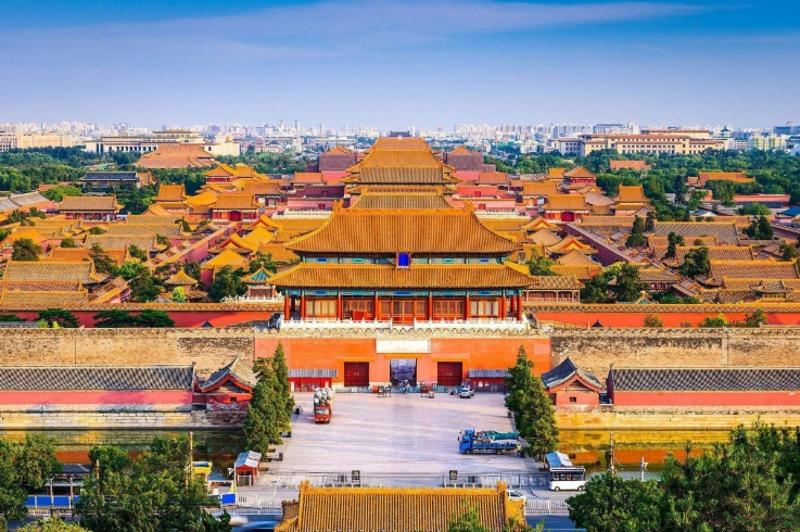Why the Forbidden City is So Famous
The Forbidden City, a magnificent architectural complex located on Beijing's central axis, served as the imperial palace during the Ming and Qing dynasties and stands as a brilliant gem of world cultural heritage. Its fame stems from both its profound historical heritage and its unique architectural artistry and rich cultural significance.

1. **The Prestigious Status of the Imperial Palace**
As the imperial palace of the Ming and Qing dynasties, the Forbidden City symbolized imperial power and served as the center of ancient Chinese politics, culture, and art. It was the residence and administrative center of emperors, witnessing numerous historic events. From the Yongle Emperor of the Ming Dynasty to the Xuantong Emperor of the Qing Dynasty, it bore witness to the splendor and vicissitudes of 24 emperors, thus holding immense historical value.
2. **Unique Architectural Style and Craftsmanship**
The Forbidden City's distinctive architectural style reflects the pinnacle of ancient Chinese architectural art and technology. With its red walls, golden tiles, carved beams, and painted rafters, every detail exudes royal dignity and majesty. Moreover, its architectural craftsmanship, including layout, structure, and decorative details, showcases exquisite artistic beauty. This unique style and craftsmanship make the Forbidden City a representative masterpiece of ancient Chinese architecture, attracting countless visitors.
3. **Abundant Collection of Cultural Relics and Artifacts**
The Forbidden City houses a vast collection of cultural relics and artifacts, including ceramics, jade, calligraphy, paintings, and bronze ware. These treasures possess not only significant artistic value but also reflect the history and culture of ancient Chinese society. Through visiting the Forbidden City, people can gain deeper insights into the history and culture of ancient China, experiencing the great spirit and creativity of the Chinese nation. These precious relics and artifacts also establish the Forbidden City as one of the world's most important museums.
4. **Significant Tourism Value**
As a UNESCO World Heritage Site and a national 5A-level tourist attraction, the Forbidden City attracts a large number of domestic and international visitors annually. Tourists can experience the grandeur of ancient imperial life and immerse themselves in the charm of Chinese culture. Moreover, the Forbidden City contributes significantly to the local tourism industry, serving as a vital force driving the development of tourism in Beijing and China as a whole.
5. **Advancement of Modern Communication Methods**
With the development of modern communication methods, the Forbidden City's fame and influence have been further expanded. Through various media channels, more people have come to understand the charm and value of the Forbidden City. Additionally, the Forbidden City actively engages in online activities, interacting with the public through official websites, social media platforms, and more, further enhancing its fame and influence.
Expanding upon these points, one can delve deeper into specific architectural features, delve into notable artifacts, discuss the impact of tourism on the local economy, and explore the role of digital outreach in promoting cultural heritage.